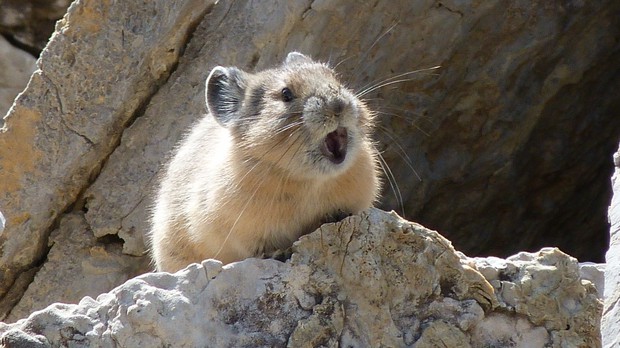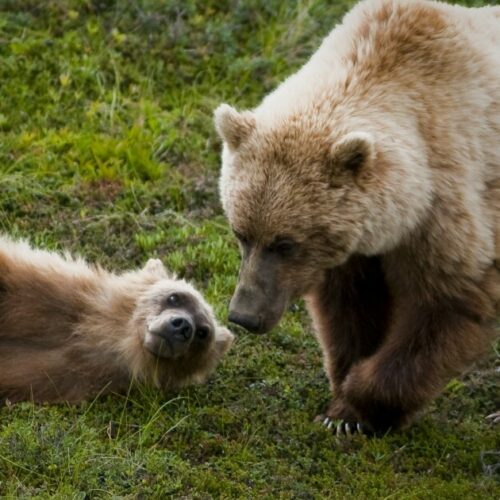
Washington’s Pikas Are In Even More Trouble Than Scientists Thought
Pikas are little rabbit-like mammals that could fit in the palm of your hand. They’re often seen scurrying around rocky alpine slopes with their mouths full of wildflowers.
Pikas like it cold, so, as the climate has warmed, they’ve disappeared from lower elevations where they used to live.
For years, scientists thought pikas were adapting to climate change by moving uphill. But new research indicates the news is even worse than that.
Pikas aren’t adapting to climate change by moving uphill. In fact, because of the way they move around the landscape, they’re not adapting to climate change at all.
Michael Russello and his fellow researchers at the University of British Columbia used DNA sequencing to track the movements of pikas in the North Cascades.
What they found was, when young pikas strike out on their own, they tend to move downhill to look for living space. And, once they get there, they’re dying off instead of establishing lower-altitude populations.
Their distinctive call may be familiar to anyone whose spent time hiking in high alpine areas:
Since pikas aren’t moving uphill, and they’re not establishing downhill populations, Russello said, “As the climates warm, that strip of available habitat is just getting narrower and narrower and narrower.”
That’s bad news for alpine ecosystems as a whole, said Joseph Stewart, a Ph.D. candidate in conservation biology at the University of California in Santa Cruz. Stewart has studied pikas and climate change, but he was not involved in this particular study.
“Pikas are part of the food chain,” he said. “They’re food to owls and hawks and coyotes and snakes and weasels.”
He added that they also move plants and soil around and change the way water moves through the landscape.
Russello said he can imagine needing to transfer pikas uphill in the future to save them, but he doesn’t think that’s necessary, yet.
Related Stories:

Could the status of grizzly bears change in the lower 48 states?
Listen The U.S. Fish and Wildlife Service has proposed an update to how grizzly bears are managed throughout the country (Credit: National Park Service) (Runtime 0:55) Read There could be

Decision upheld to remove a portion of Electron Dam on the Puyallup River
A portion of the Electron Dam on the Puyallup River has to be removed, according to a decision from the 9th U.S. Circuit Court of Appeals.
The federal appeals court upheld the decision by the U.S. District Court for the Western District of Washington that a vertical metal wall portion of the dam, a temporary spillway, makes the dam a complete barrier to fish passage and must be removed.

Complaint to federal agency over Washington animal organization
In Skagit County, a nonprofit that houses a number of animals, including exotic ones, is in continued legal battles. A law firm that advocates for animal rights is claiming the organization may have violated the Endangered Species Act, by, as the law firm claims in its complaint, the illegal euthanization of wolves.















